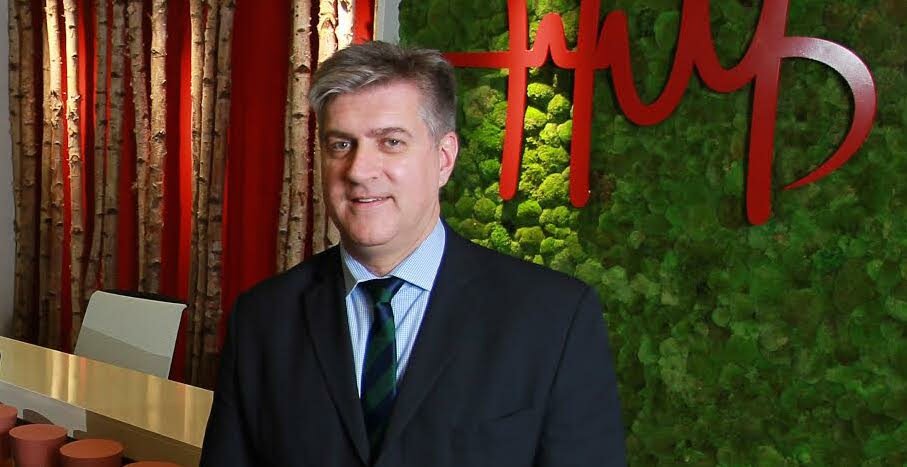Interview: Dr Ian Barwick, COO of Life Sciences Hub Wales

by Nicholas Fearn , December 1
The life sciences industry – which is concerned with the study of living organisms – is highly lucrative and worth billions right around the world.
Life Sciences Hub Wales, which launched in 2014, wants to bring the potential offered by this market to Wales. In fact, the organisation wants to grow a Welsh life sciences sector worth billions.
We speak to Dr Ian Barwick, chief operations officer of the organisation, about how he and his team want to make this ambitious plan a reality and how Welsh tech is already flourishing.
TD: What is Life Sciences Wales, and what does it do?
IB: The Life Sciences Hub Wales is the focal point of the sector in Wales, bringing together academics, businesses, clinical and professional services and funding organisations. It covers all sector activities ranging from funding to business support and international development.
TD: Why was the organisation set up?
IB: The Hub was opened in July 2014 with the aim of increasing the life sciences sector’s contribution to the Welsh economy by more than £1 billion by 2022. It is the nerve centre of the vibrant sector in Wales, and its vision is to establish Wales as one of the best environments in the world for life sciences innovation, known globally for its success in health and wealth.
TD: What problem is it solving?
IB: There are so many innovative start-up and early stage life sciences businesses who need a little extra help on the path to commercialisation. The level of support available for such businesses at the Hub is crucial to helping them reach their goals and deliver great value to the Welsh economy.
TD: What makes it unique?
IB: Life sciences is one of Wales’ fastest growing and most innovative industries. It employs over 11,000 people in more than 350 companies and is worth around £2 billion to the Welsh economy every year.
The Hub’s partnership model provides access to significant levels of funding and other support streams to help new businesses grow and prosper. There are now almost 100 Hub members representing organisations across the public and private sectors.
TD: What’s been your biggest success?
IB: Earlier this year we launched Boost Cymru, our dedicated life sciences competition, with the aim of encouraging new ideas, products or services from businesses, organisations and individuals from across Wales that could go to market within two years.
The high calibre of entrants demonstrated the strength and vibrancy of the sector, and the final five were all deserving finalists. Cardiff-based Jellagen was named winner of the competition in October.
Jellagen is developing a series of products from collagen harvested from jellyfish, which could have a wide range of medical and non-medical uses.
TD: What do you think of Welsh tech?
IB: Medical technology is an incredibly exciting sector to be involved with at the moment; it is fast-growing, has government support and announcements of cutting edge developments are regularly making the headlines.
Proton beam therapy is one example of medical technology that has been making headlines in Wales and internationally this year. It kills cancer cells in the same way as regular radiotherapy treatment, but unlike radiotherapy, proton beams stop when they hit their target rather than carrying on through the body. The UK’s first Proton Beam Therapy Centre is actually set to open in South Wales within the next few months.
Boost Cymru attracted entries from a number of interesting health tech companies, including a cloud-based platform that will accelerate research into new therapies for conditions such as cancer, diabetes, cardio-vascular disease and dementia.
TD: How is life sciences developing in Wales?
IB: International investment funds have chosen to invest in Wales because of our world-class research, skilled workforce, good tax environment, low overheads and joined-up sectors.
I am in no doubt that the life sciences sector in Wales will continue to grow in the coming years, diversifying into new and exciting cutting-edge areas of research and development.